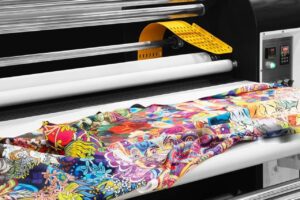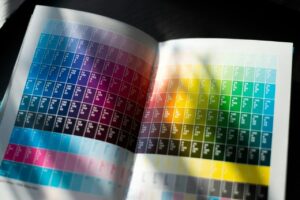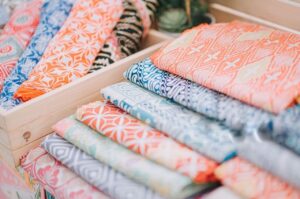Introduction
In today’s fast-paced fashion industry, originality is everything. Clothing designers are under constant pressure to create fresh collections that stand out in a crowded market. Beyond silhouettes and patterns, the choice of fabric plays a crucial role in shaping the identity of a brand. Unique textiles not only enhance the final look of a garment but also communicate creativity and exclusivity to fashion-conscious consumers.
This is why custom fabric printing for clothing designers has emerged as a powerful solution. By transforming original artwork, patterns, or brand motifs into bespoke textiles, designers can differentiate their collections while maintaining full control over colors, textures, and production scale. Whether it’s a bold print for a limited-edition streetwear line or sustainable organic cotton for an eco-conscious label, custom printing offers flexibility that traditional fabric sourcing cannot.
But how exactly can fashion designers leverage custom fabric printing to move quickly from inspiration to finished garments? This article explores the process, fabric options, and key benefits that help clothing designers turn creative visions into reality.
Why Fashion Designers Choose Custom Fabric Printing
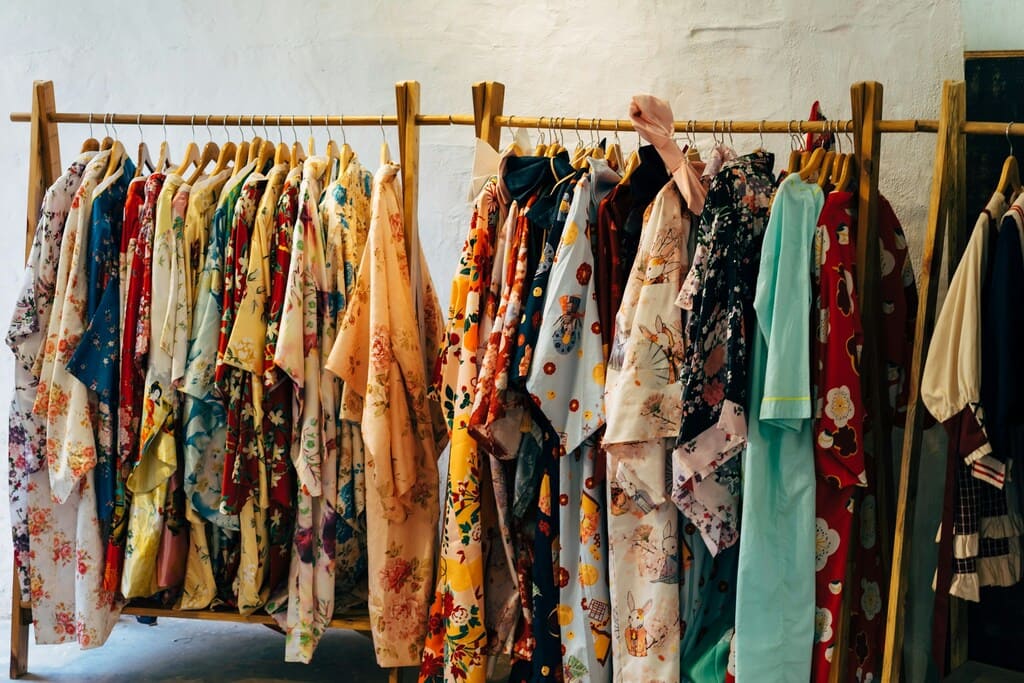
Uniqueness and Personalization
Custom printing allows fashion designers to showcase their signature style by turning original patterns, sketches, or digital artwork into exclusive fabrics. From runway-inspired abstract motifs to minimalist monograms, the possibilities are endless. This level of personalization ensures that collections stand out in the market and resonate with target customers.
Small-Batch Flexibility
Unlike traditional textile production that often requires high minimum order quantities, digital custom printing supports low-MOQ or even no minimum order. This is especially valuable for independent designers and emerging brands who need only a few yards to test new ideas or create capsule collections without tying up capital in large inventories.
Sustainable and Eco-Friendly Approach
Many fashion houses are shifting towards sustainability, and custom fabric printing supports this movement. Digital printing methods reduce water usage, minimize dye waste, and allow designers to order only the amount of fabric they truly need. Choosing eco-friendly bases such as organic cotton or bamboo blends further enhances a brand’s sustainable image. For more insights, visit the Fashion Revolution – Sustainable Fashion guide.
Global Access and Fast Turnaround
With online platforms offering worldwide shipping, designers are no longer restricted to local suppliers. Whether based in New York, Paris, or Tokyo, clothing designers can easily upload designs, print on preferred fabrics, and receive their textiles within days. This global accessibility helps small brands compete on an international scale.
How Custom Fabric Printing Works for Clothing Designers
Choose the Right Fabric Base
Every fashion project begins with selecting the ideal fabric. Designers can choose from a wide range of substrates such as cotton poplin, organic cotton jersey, rayon twill, polyester blends, or bamboo muslin. Each option offers unique qualities—breathability, stretch, drape, or sustainability—allowing designers to match the fabric with their intended garment type. For details on fabric types and characteristics, see the FabricLink – Fabric Guide.
Upload the Design File
Once the fabric is chosen, the next step is uploading the artwork or pattern. High-resolution files (150–300 DPI) with correct color profiles (CMYK or RGB depending on the printer) ensure vibrant colors and crisp details. For more on digital printing techniques, check the Digital Textile Printing Guide.
Select Print Size and Quantity
Digital printing supports flexible quantities. Designers can print just one yard for sampling or larger volumes for full-scale production. Many platforms also provide online preview tools to visualize how the pattern repeats across the fabric.
Proofing and Fabric Swatches
To minimize risk, designers often begin with fabric swatches—small printed samples on different fabric types. This ensures accurate colors, texture compatibility, and print alignment before committing to a bulk order.
Production and Delivery
Once approved, the fabric is digitally printed, finished, and shipped globally. Fast turnaround times—often within 7–15 days—allow fashion designers to keep up with seasonal collections and market trends.
Best Fabrics for Custom Clothing Designers
Cotton Poplin & Cotton Lycra
Features: Smooth, breathable, lightweight; Lycra adds stretch.
Best for: Shirts, blouses, children’s wear, casual lines.
Printing effect: Sharp prints with vivid colors.
Organic Cotton Jersey
Features: Soft, stretchable, eco-friendly.
Best for: T-shirts, everyday wear, sustainable collections.
Printing effect: Bright yet natural colors. See more at The Sustainable Angle.
Rayon Twill & Rayon Woven
Features: Smooth, lightweight with drape.
Best for: Dresses, skirts.
Printing effect: Vibrant, fluid designs; luxurious finish.
Polyester Blends
Features: Stretchy, durable, wrinkle-resistant.
Best for: Activewear, leggings, swimwear.
Printing effect: Bold, long-lasting colors.
Bamboo Cotton Muslin
Features: Lightweight, breathable, eco-friendly.
Best for: Summer collections, baby clothing.
Printing effect: Soft, elegant prints.
Specialty Fabrics
Features: Functional (waterproof, plush) or niche textures.
Best for: Outerwear, accessories, capsule collections.
Benefits of Custom Fabric Printing for B2B Clothing Designers
Stronger brand differentiation
Faster prototyping and collection launches
Flexible supply chain with low risk
Cost transparency and predictability
Global reach and scalability
For more on industry trends and supply chain innovation, visit Textile World or International Textile Manufacturers Federation (ITMF).
Case Studies / Scenarios
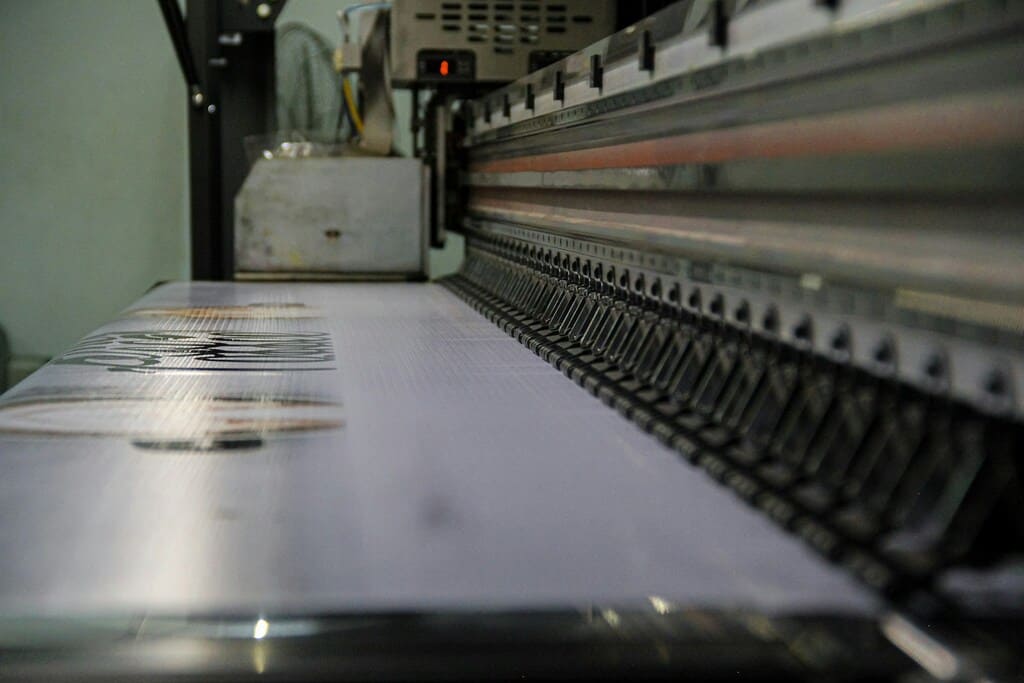
Independent Designer – Limited Editions: Small capsule collections printed on cotton poplin and rayon.
Activewear Brand: Polyester blends with bold prints for performance garments.
Sustainable Fashion Label: Organic cotton & bamboo with eco-conscious designs.
International Collaboration: Global printing and shipping to meet collection deadlines.
How to Get Started with Custom Fabric Printing
How to Get Started with Custom Fabric Printing
Begin with fabric swatches
Prepare high-resolution design files
Start small with no minimum orders
Partner with reliable printers
Conclusion
Custom fabric printing for clothing designers empowers brands to create exclusive textiles, streamline production, and align with sustainability goals. Whether launching a capsule collection or scaling globally, digital printing helps fashion designers move from inspiration to finished garments efficiently.


